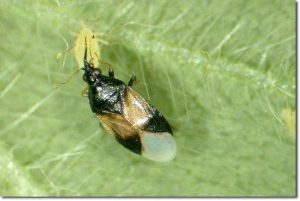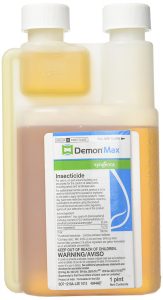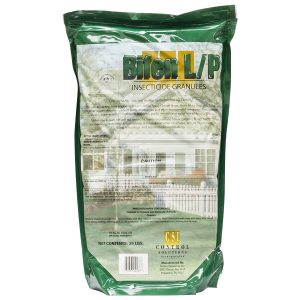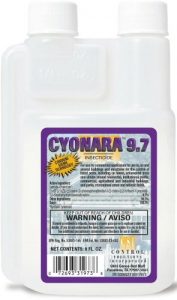What are Pirate Bugs?
Pirate bugs, also called “minute pirate bugs”, are very small predators of plant-eating pests such as aphids, spider mites, caterpillars and thrips. These bugs are usually inconspicuous creatures that spend their time eating prey. However, some species make them themselves known during summer and autumn when they begin biting humans.
Frequented Areas
Pirate bugs are common throughout North America. They frequent farmland and gardens, especially throughout the

Minute pirate bug eating an aphid
summer when the days are warm and food is plenty. They take about 20 days to mature which means that they can quickly populate their habitat once they mate.
Generally, they like areas where their food source can be found. In other words, they will make their homes within areas where flowering plants and agricultural crops are found since these are where preys like caterpillars and corn earworm eggs thrive.
Identification – Physical Characteristics of Pirate Bugs
Pirate bugs that enter adulthood are about 2-3 millimeters long. Their bodies are oval-shaped and usually black in color, with whitish markings on their wings. Nymphs, the young pirate bugs, are even smaller and shaped like a teardrop. These nymphs come in a variety of colors unlike their adult parents. These include yellow and orange.
Both adult pirate bugs and their immature nymphs have a powerful feature which enables them to kill prey, i.e. their needle-sharp beaks. These beaks extend from the tip of their heads and are used to pierce and suck juices from their prey. Unlike other true bugs, they do not excrete venom or suck blood but their beaks can suck enough juice to drain and kill. They will also use these beaks to suck fluids from flowering plants when prey is not present.
Special Characteristics
Minute pirate bugs stand out due to their stinging bite that can be extremely painful in proportion to their size. Species like the Orius insidiosus, known also as the insidious flower bug, will use their thin beaks to pierce your flesh. Afterwards, your skin where the bite occurred may become red and swollen, similarly to a mosquito bite. In
some lucky individuals, however, the bite does not leave much of a mark and may even be painless.
Removal or Preventative Procedures
Pirate bugs are difficult to control. Their extremely small size also means that these insects can be difficult to remove. In some cases, it may not even be necessary to apply pest control measures since their presence is seasonal and often result in the reduction of plant-eating pests. However, consider these precautionary measures if pirate bug infestation is more than you can bear:
- Wear dark clothing on warm days to prevent pirate bug bites
- Wear long sleeve clothing and long pants when outdoors or gardening
- Avoid going outdoors during daytime hours when pirate bugs are active
- Reduce flowering plants in your garden
-
Use Chemicals and Insecticides
Pirate bugs may be controlled through the use of insecticides available in gardening stores and online. However, be cautious when purchasing insecticides as some may result in harm to the environment, especially when they destroy beneficial insect populations.
In areas where pirate bugs are seen in your home, mix together cypermethrin and Spreader Sticker and apply to the area. In most cases, you’ll have to apply about 2-3 treatments to get rid of them. The cypermethrin will repel them for weeks.

Buy Demon Max insecticide on Amazon and kill pirate bugs
2. Pirate Bug Sprays For Your Lawn or Garden
Are you struggling to deal with pirate bugs on your lawn or in your garden? There are insecticidal sprays for that. Pirate bugs are attracted to some flowers and vegetations, if your garden is infested with them, use Bifenthrin Granules all over the area. The granules added to your lawn or garden will penetrate the soil and lessen their numbers.
After applying Bifenthrin Granules to your lawn or garden, use a follow up with the treatment by using Cyonara insecticide. That spray covers large areas and works immediately. It is easy to use and it works!
3. Call a Professional
If you’re struggling to deal with your pirate bug situation and wish not to apply chemicals yourself, contact a pest control professional by calling 1-855-559-5857.
What are Pirate Bugs? (Video)
This post contains affiliate links. You can opt to purchase the recommended products through our affiliate links. When you do, Online Pest Control receives a small commission that is later used to maintain the website and produce informative articles and videos for you to benefit. If you do not wish to use our affiliate links, the products can be attained at your local stores and shops.



No Comments